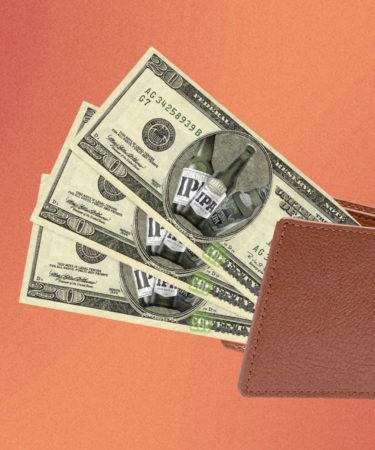IPAs are consistently ranked as the most popular craft beer style among American consumers. That massive demand comes at an economic cost because the priciest ingredient in IPA, hops, are a crop only harvested once a year. Additionally, demand for this aromatic herb and its many sought-after varieties can increase that price even more.
And while the price is already higher when it comes to standard or West Coast-style IPAs, or any craft beer for that matter, where it can really get bonkers is when it comes to creating the hazy, New England-style IPAs that are currently all the rage. This style of IPA utilizes an eye-popping amount of hops in order to achieve the fresh citrus aromas and flavors as well as, to some extent, the beer’s trademark haze.
So, growing and cultivating hops is costly and takes years of planning to execute. On top of this, bigger brewers can have contracts with hop growers that last years, which restricts supply to the smaller producers and further drives up prices. That cost is passed on to the brewers, who then pass that cost on to you, the consumer.
All of these factors result in a much higher-priced beer in the taproom than, say, a Budweiser. But as far as we can tell, haze craze fans don’t seem to mind — and brewers keep finding ways to brew them.
